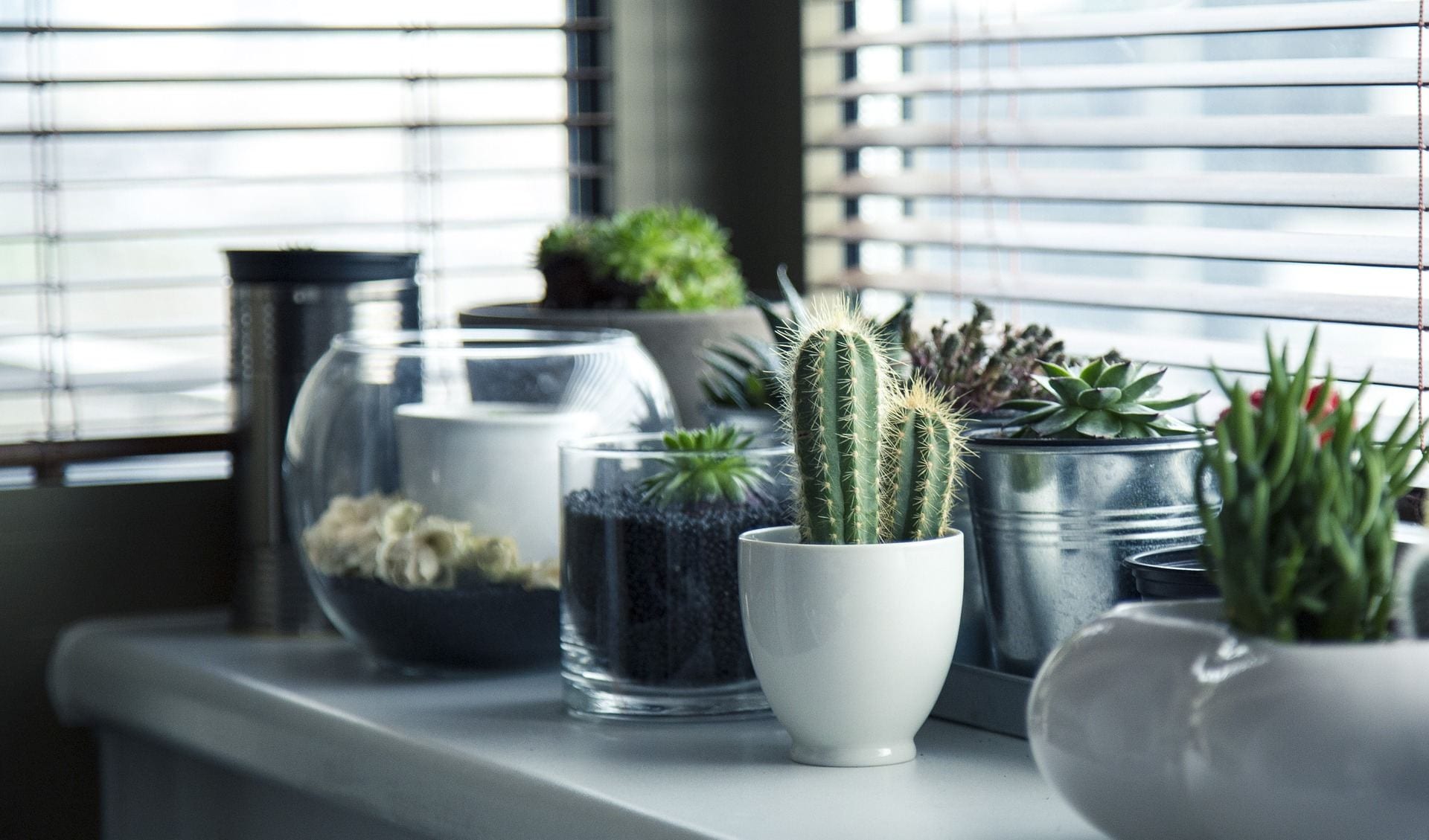Have you ever wanted to be more self-sustainable or simply live on your own, far away from society, shirking all responsibilities and commitments?
Well, if you knew how to make your own herb garden, you would be one step closer to that lifestyle. Herbs are good for flavor, and they are full of nutrients your body needs. So why not have a seemingly endless supply of them at your fingertips?
Get a green thumb
To start your herb garden, the first thing to do is know what you want to plant. This may seem like an obvious one, but you need to know this so that you can meal plan. Once you have a general idea of herbs you want to plant and a few foods associated with them, it is time for research. There are many different herbs, and each have their own growing “sweet spot.”
Parsley likes fairly moist soil, and thyme prefers slightly moist soil. Each herb prefers different conditions. Once you have found the optimal growing condition for the herbs you want to plant, then comes the fun part. You get to roll up your sleeves and play with some dirt. If you are a germaphobe and hate the dirt, I suggest that you wear gloves and keep a 68 ounce bottle of hand sanitizer on standby. Another good growing tip is to save any waste you have from raw fruits and vegetables and ground them up to be used as mulch. This will give your plant a boost in the nutrients department.
Seeking your sprout
If you go to the garden center of stores like Lowe’s, associates will assist you in finding the perfect soil. You could also simply buy a young herb plant from any store like Walmart or Whole Foods. However, if you choose to buy the young plant, you still have to transplant it later or once it gets bigger. This brings me on to my next point: if you choose to start with seeds, plant them in a very small pot. This way, you can take care of your plant optimally in the most important stage of its growth.
Once the seed bursts and you see some green, continue to keep a close eye on your sprout. After some time, you can transplant it to a larger pot. Make sure you keep it somewhere sunny if it requires a lot of sunlight, and, most importantly, do not overwater them. Most pots have holes in the bottom to help get rid of excess water that would be harmful to the plant. Though most pots have this feature, you should still be aware and vigilant about the water content you are providing. Also, if you over-water your plant and leave the water in the tray below the pot, it will become a breeding ground for mosquitoes. So, make sure you clean up any excess water.
Giving your greens their greens
The last step in having the perfect herb garden is maintenance. As you wait for the juicy and flavorful leaves to mature enough to devour, you must keep an eye on the plant and give it everything it needs. Keep an eye out for weeds because they steal the nutrients that your plant could be absorbing. Another thing to look out for are pests. You’ll want to try to limit the number of pests on your plant. You can either remove them by hand or use pesticides — preferably something natural. Now that you know how to start your own herb garden, go forth and plant. Follow the path that many green thumbed masters have followed before you.


